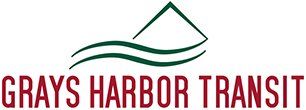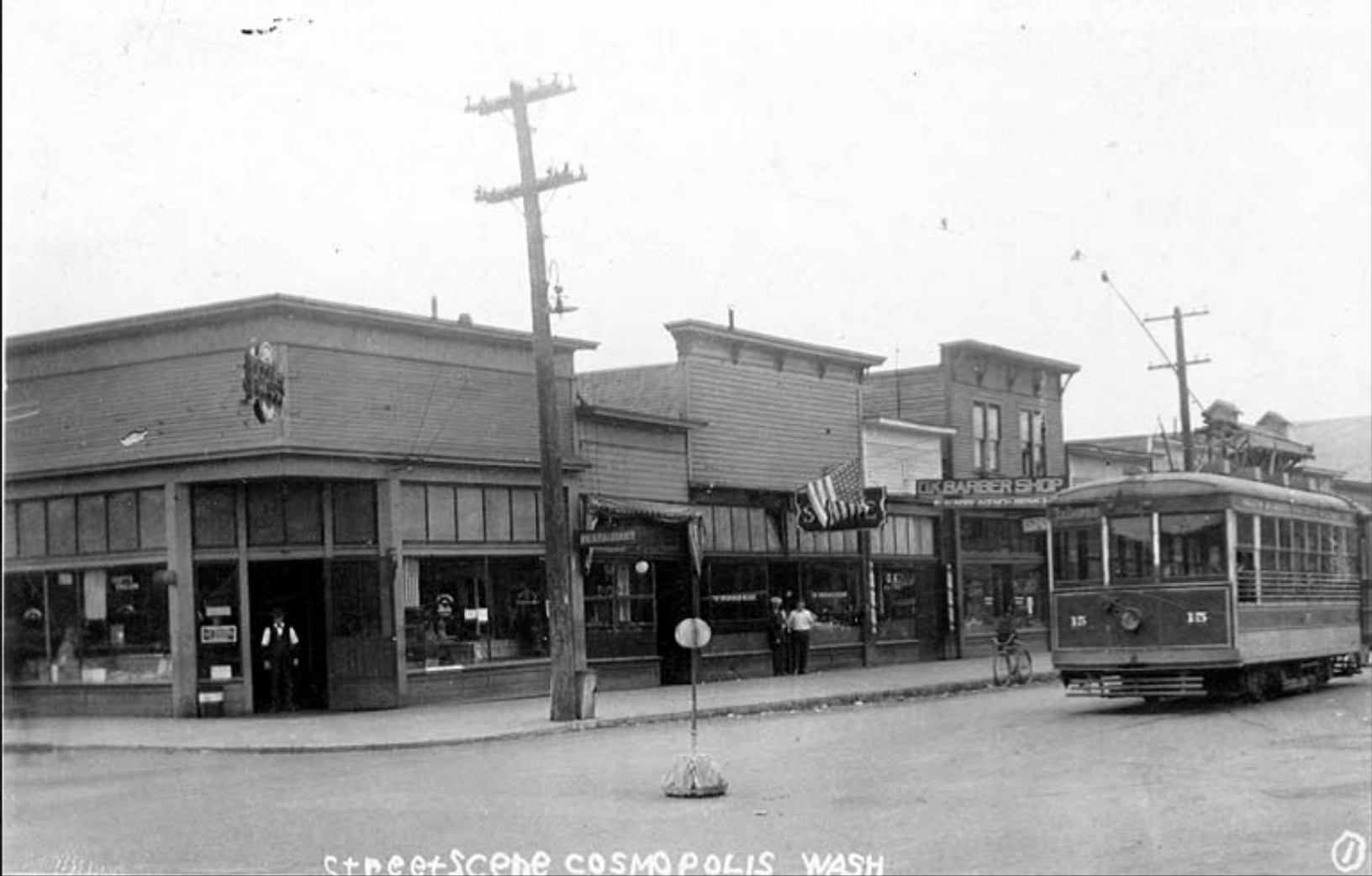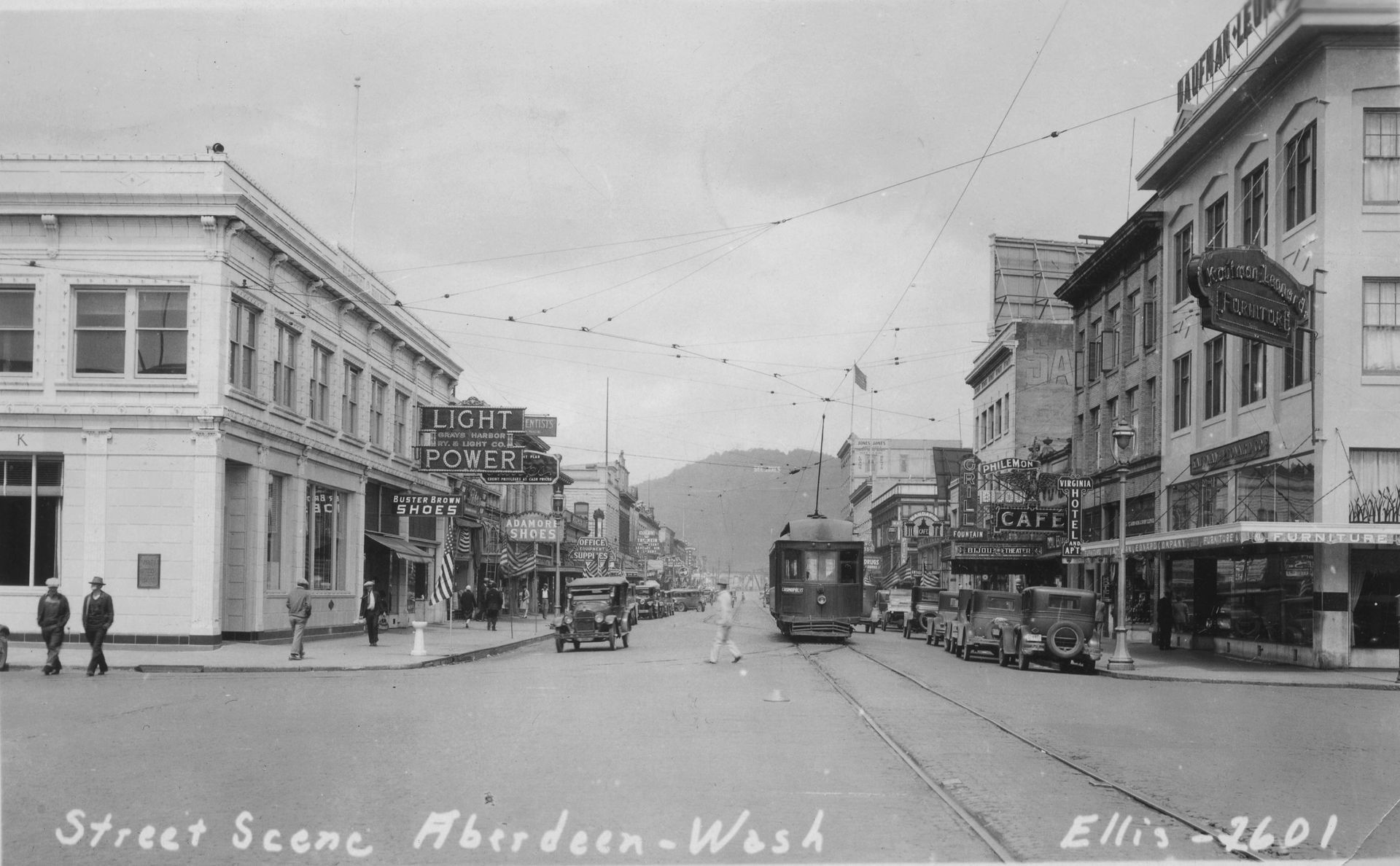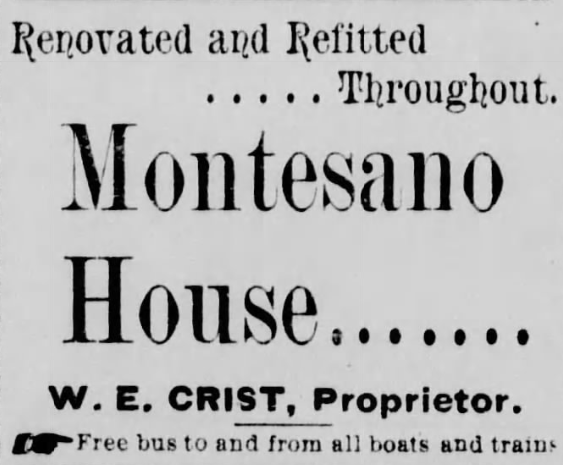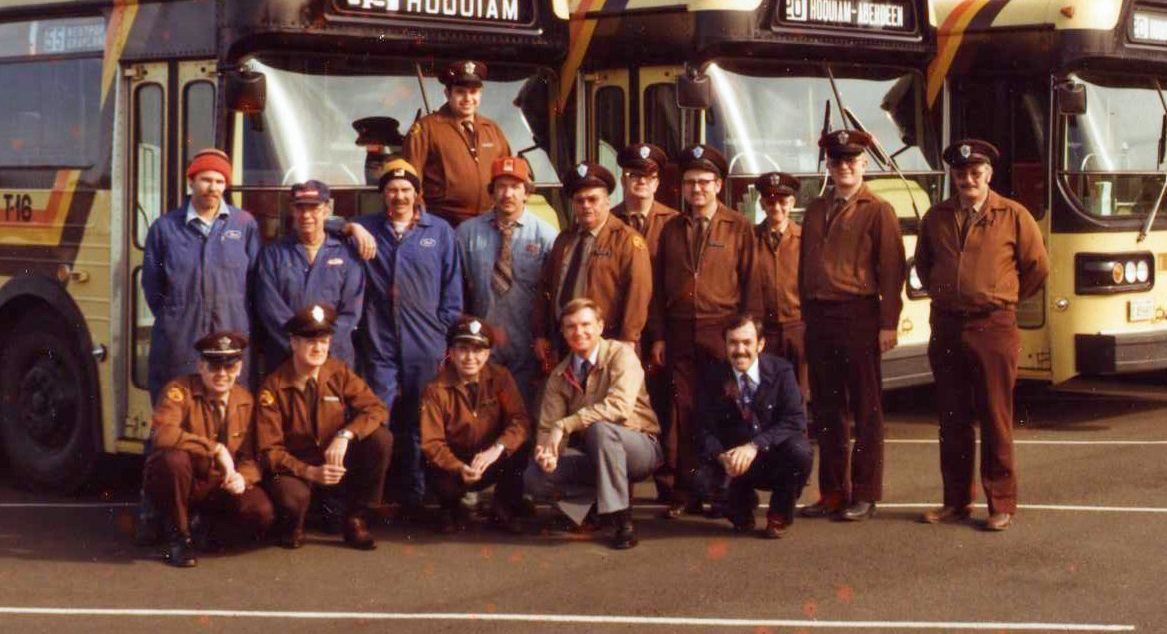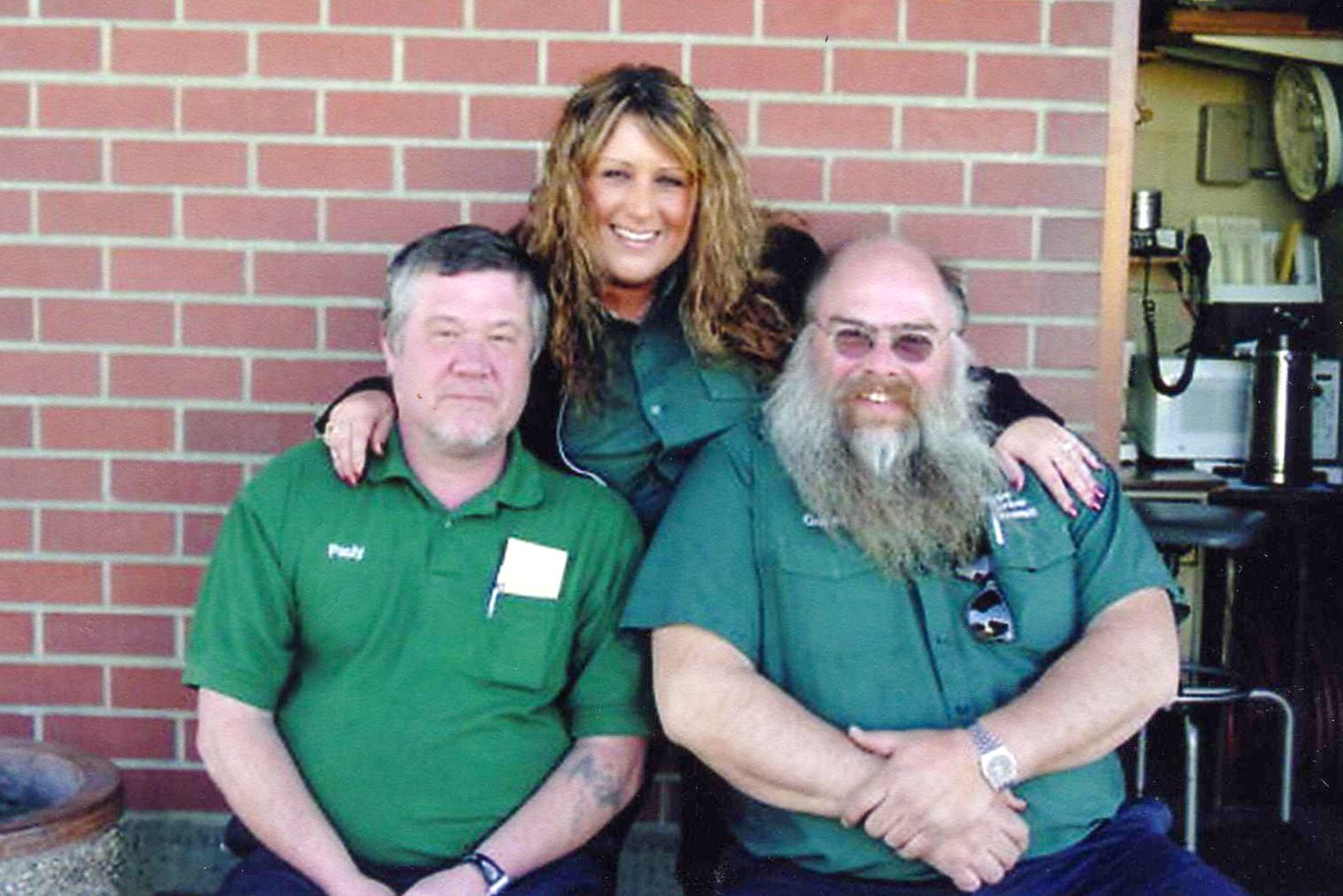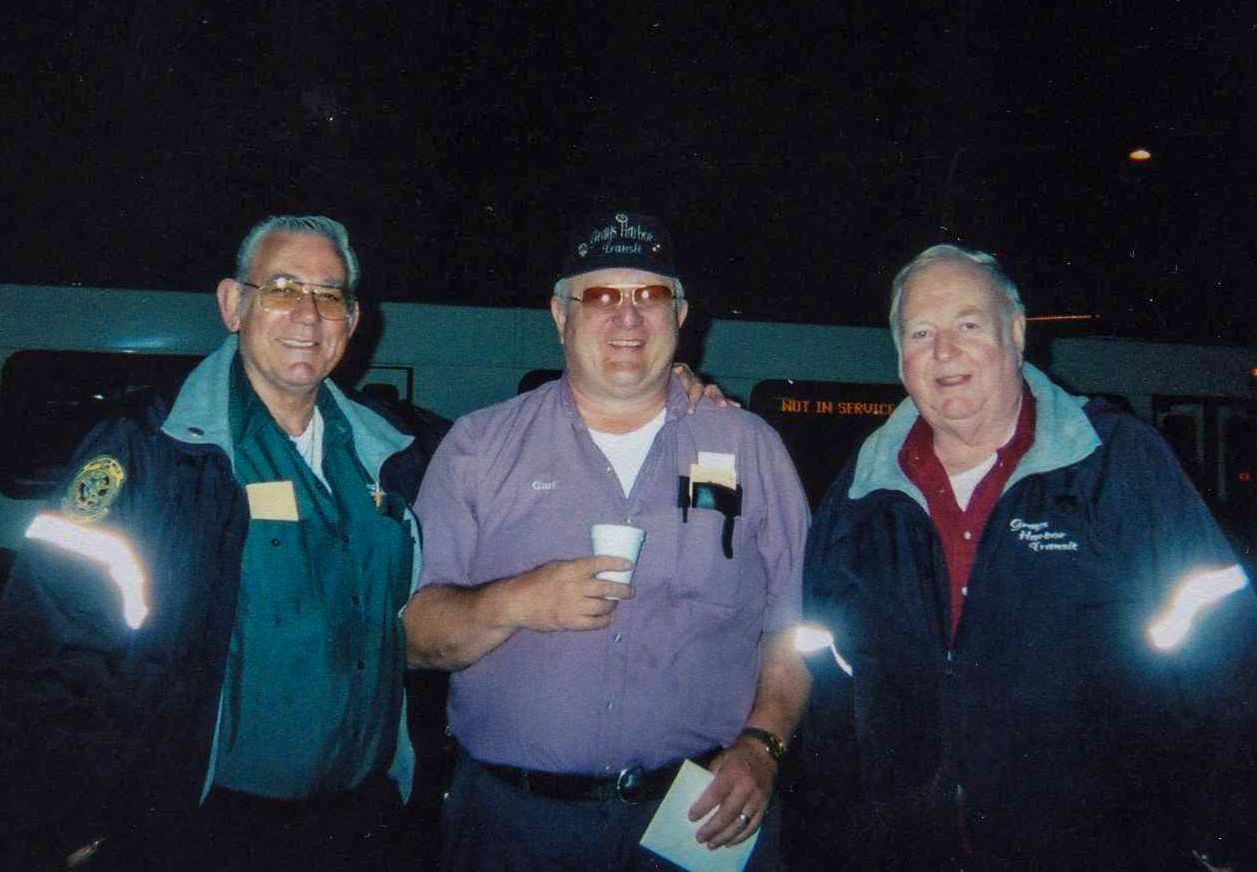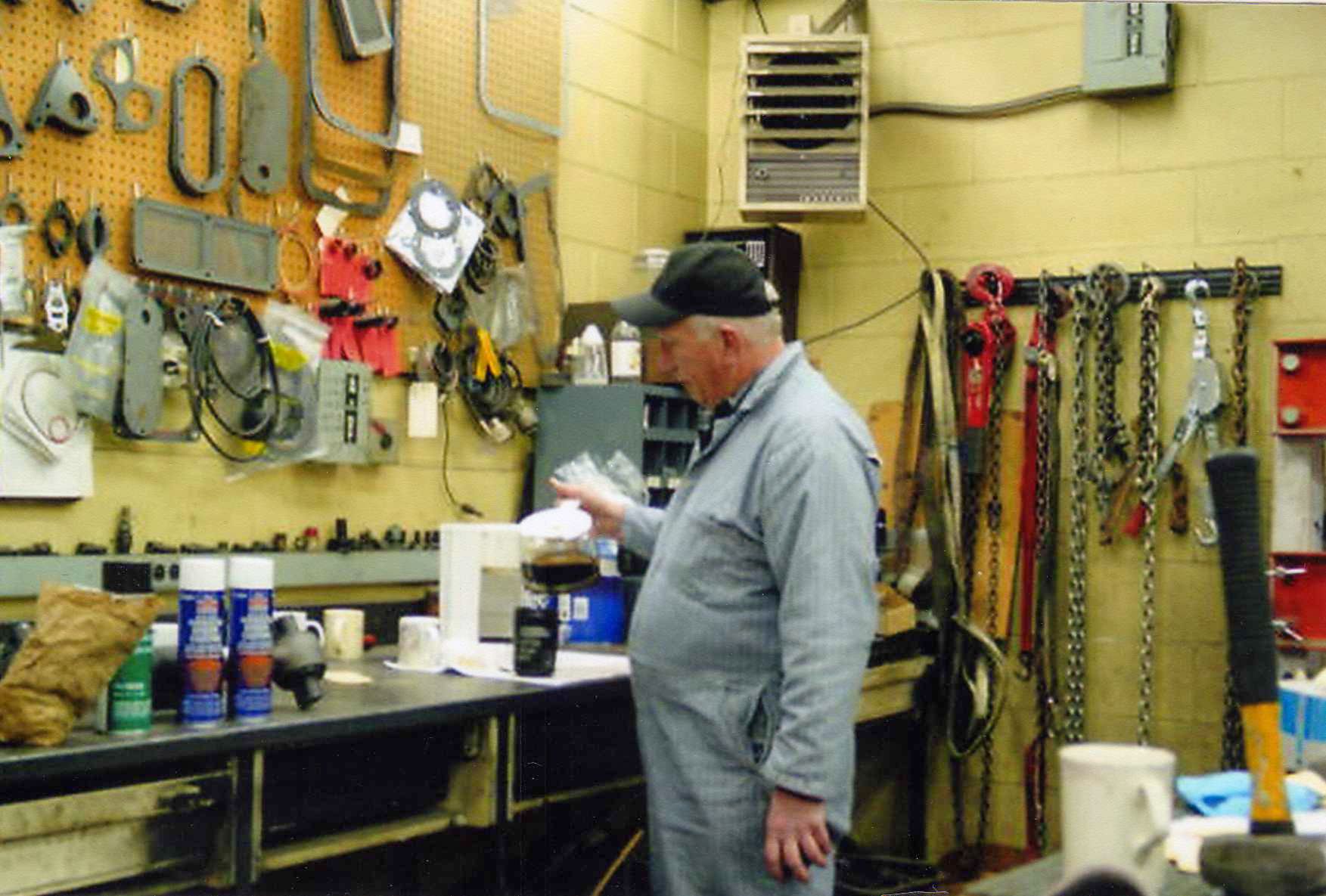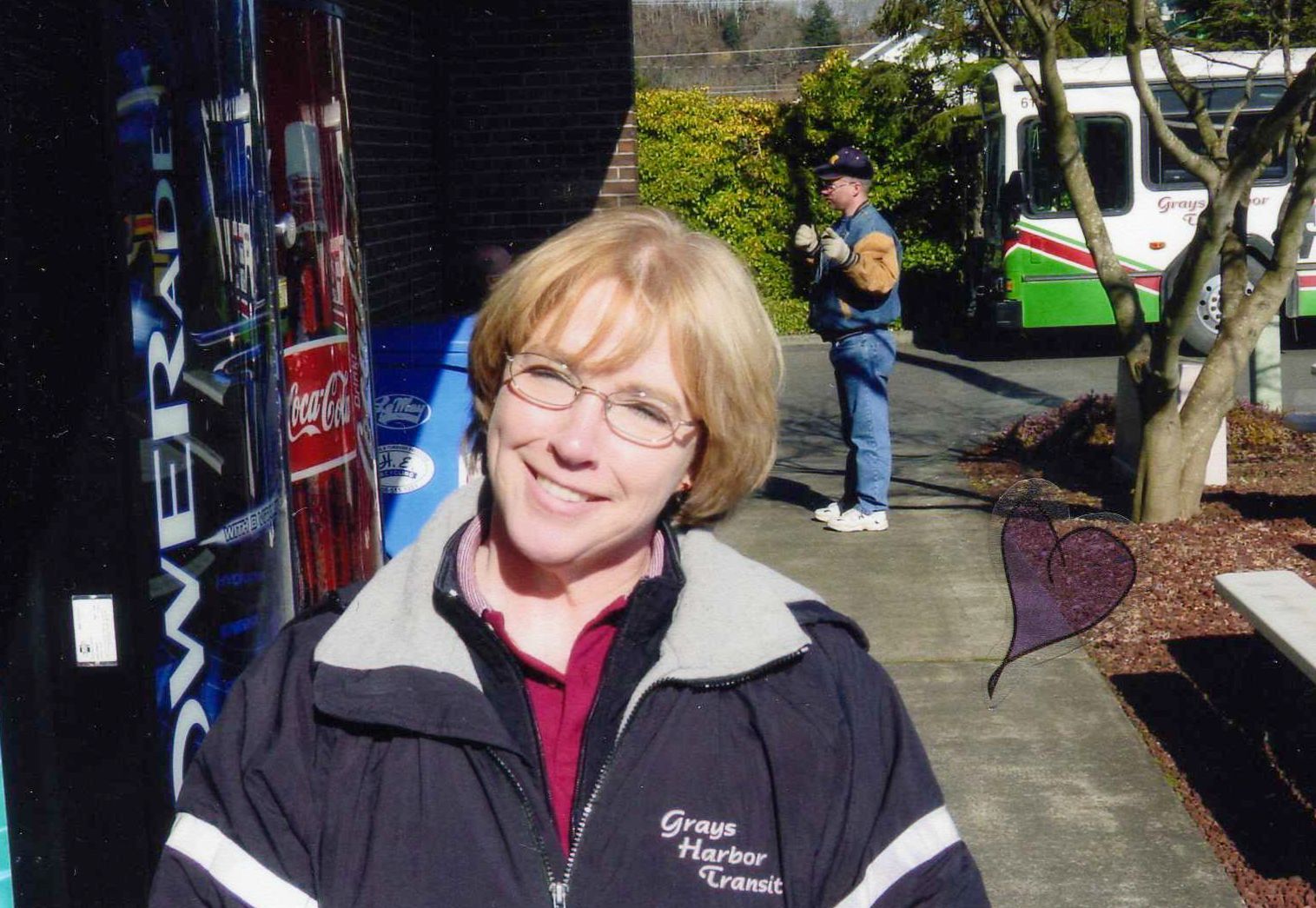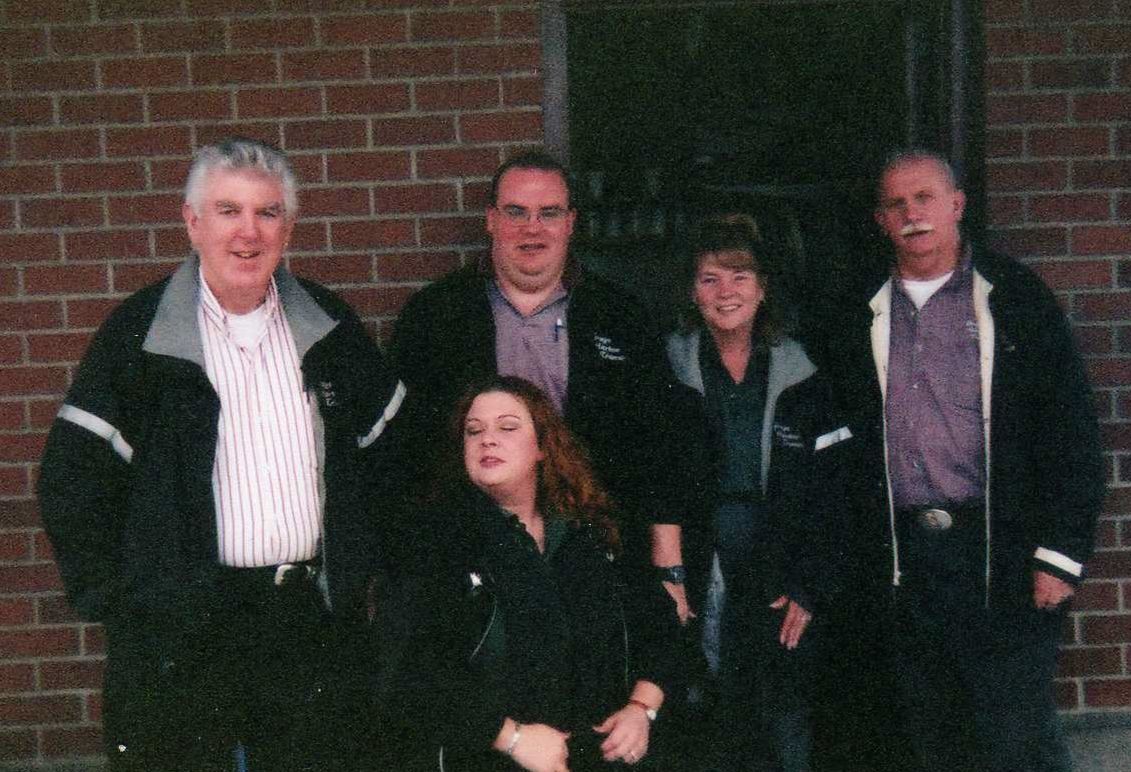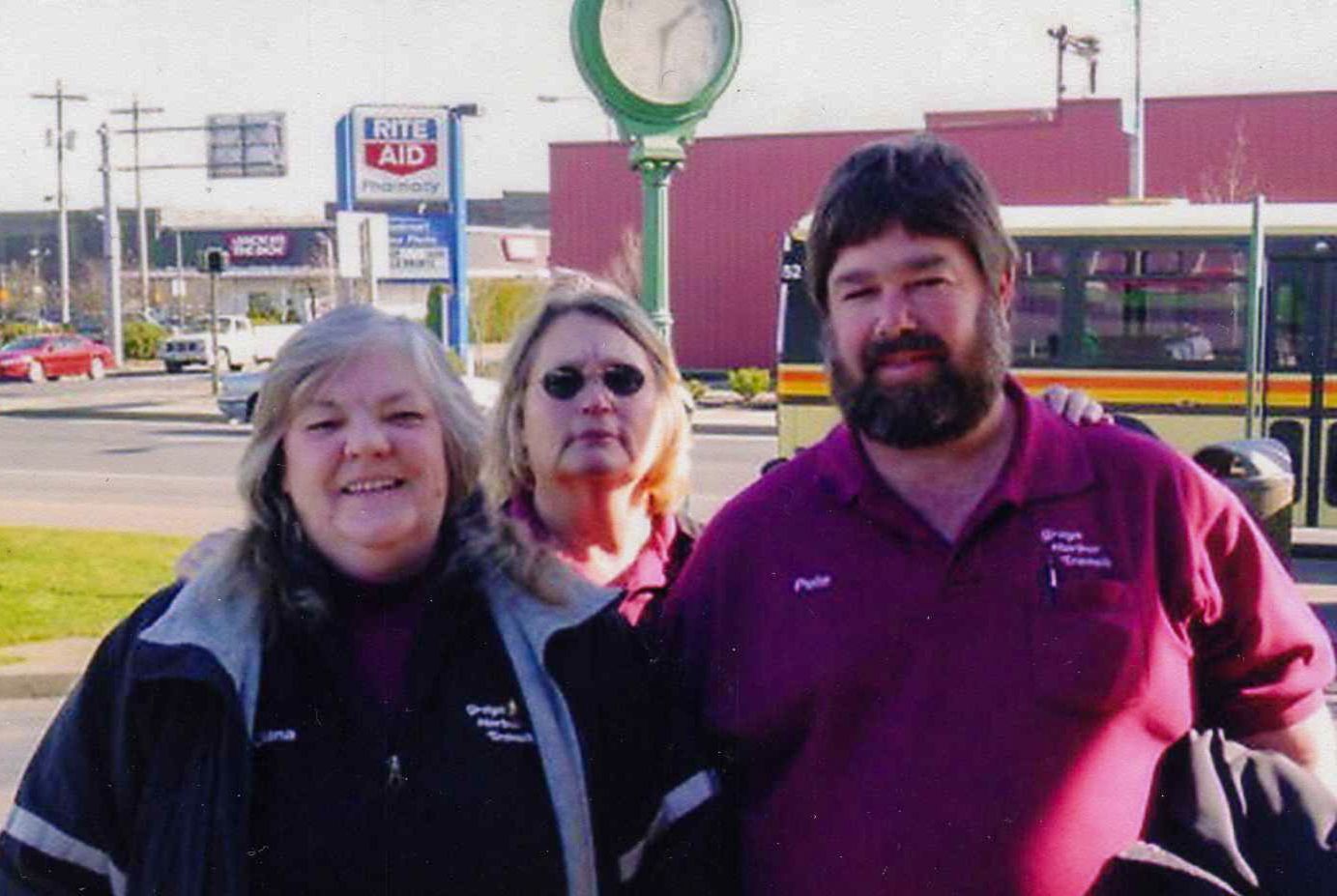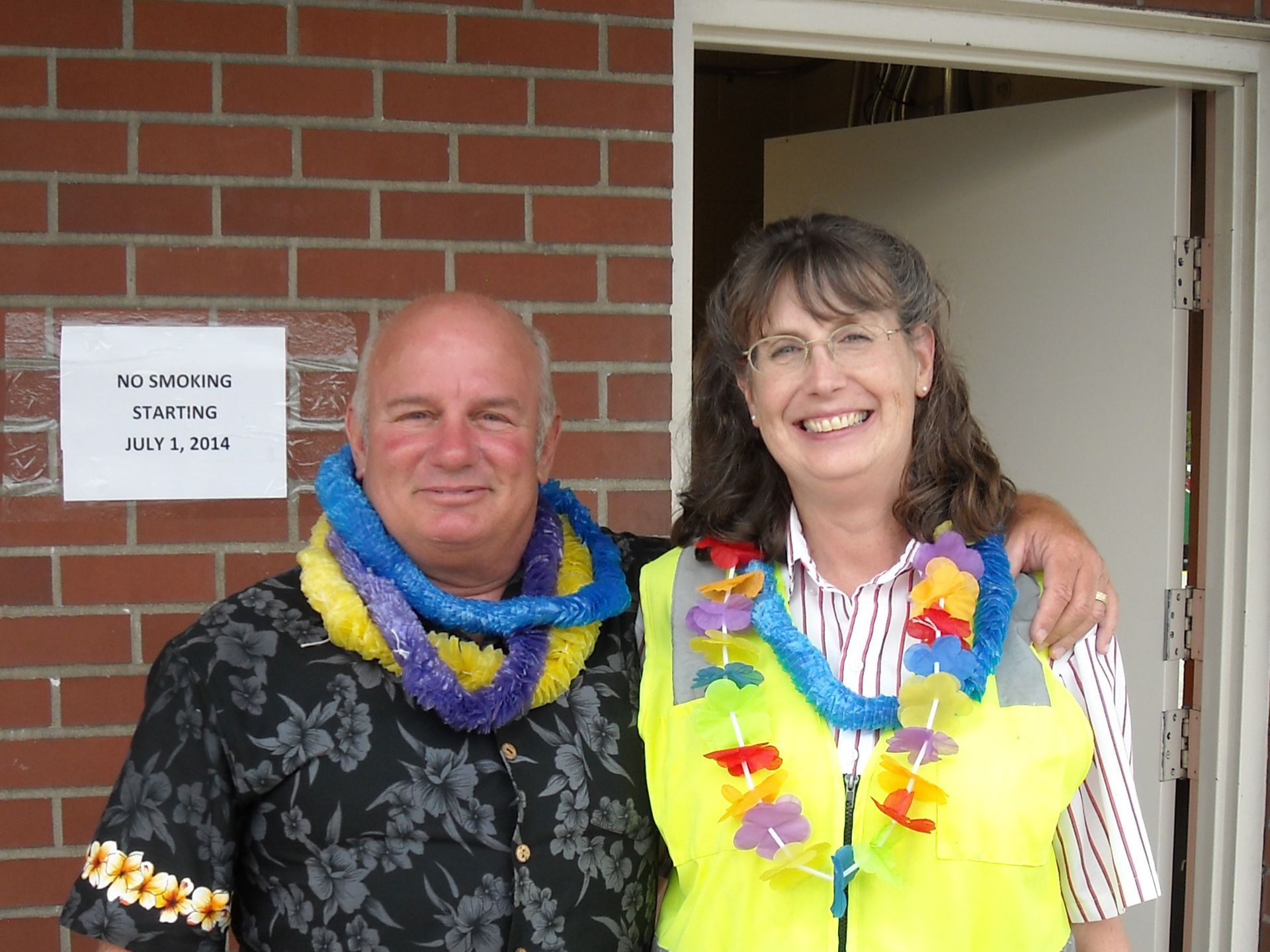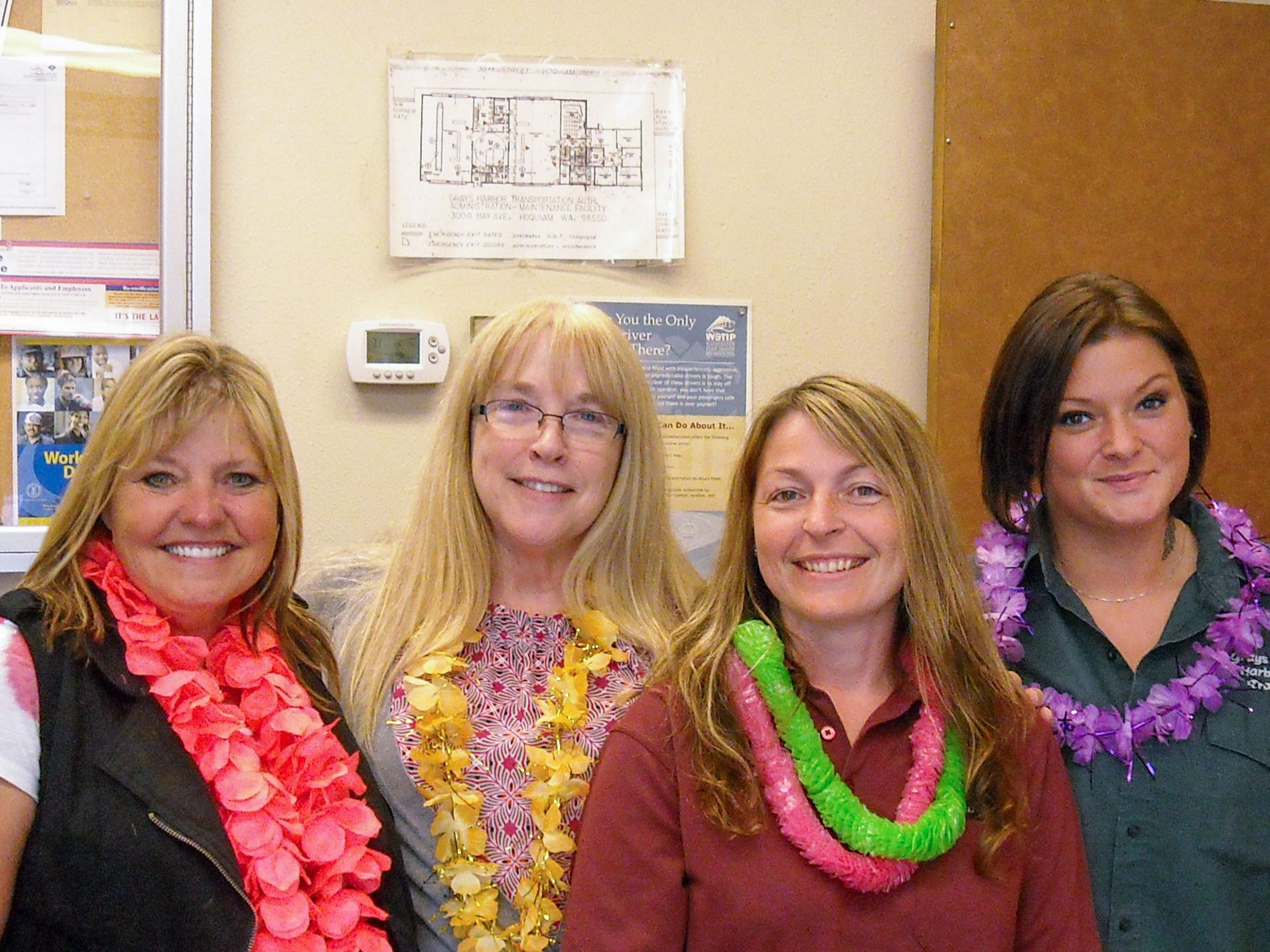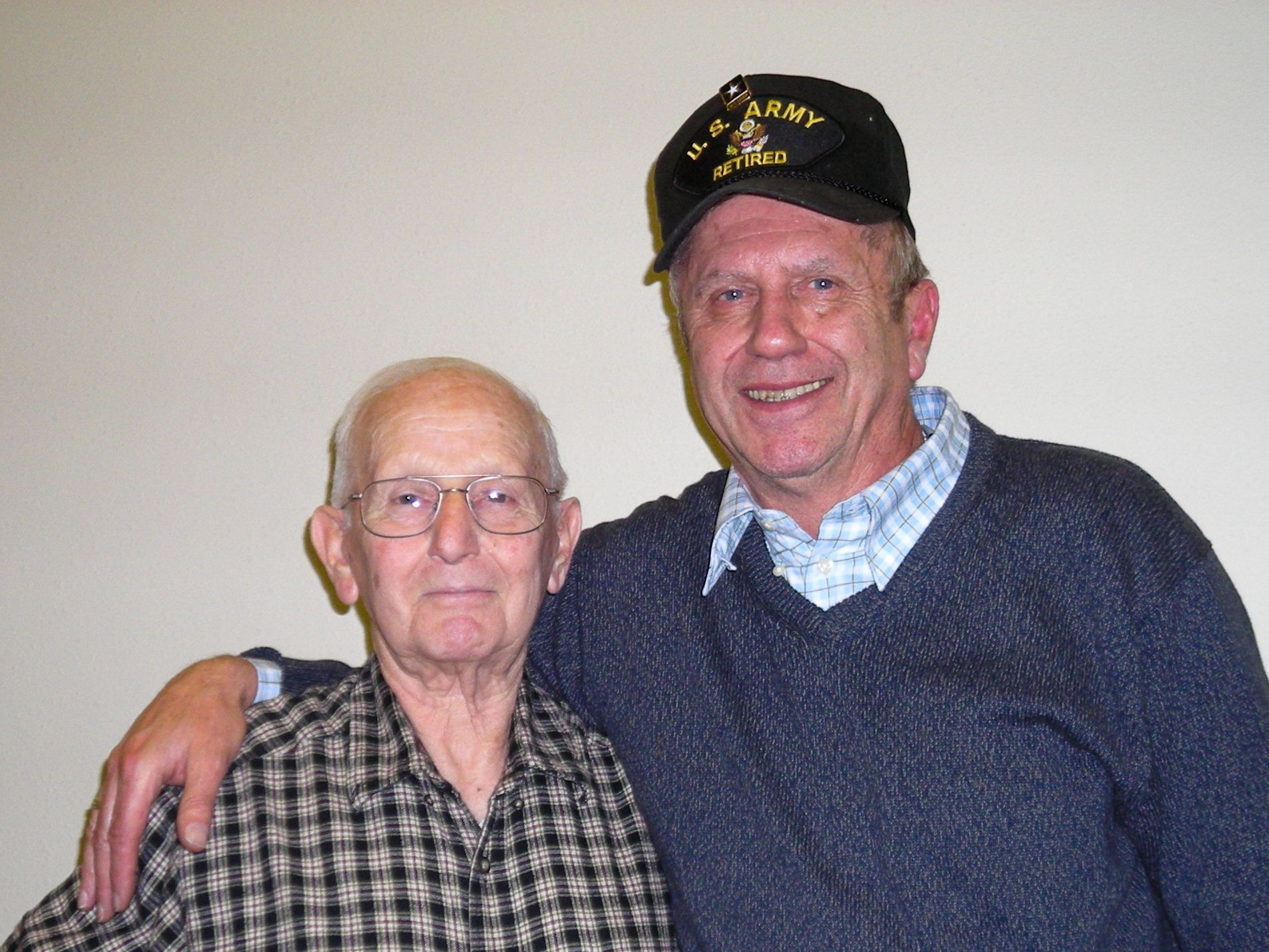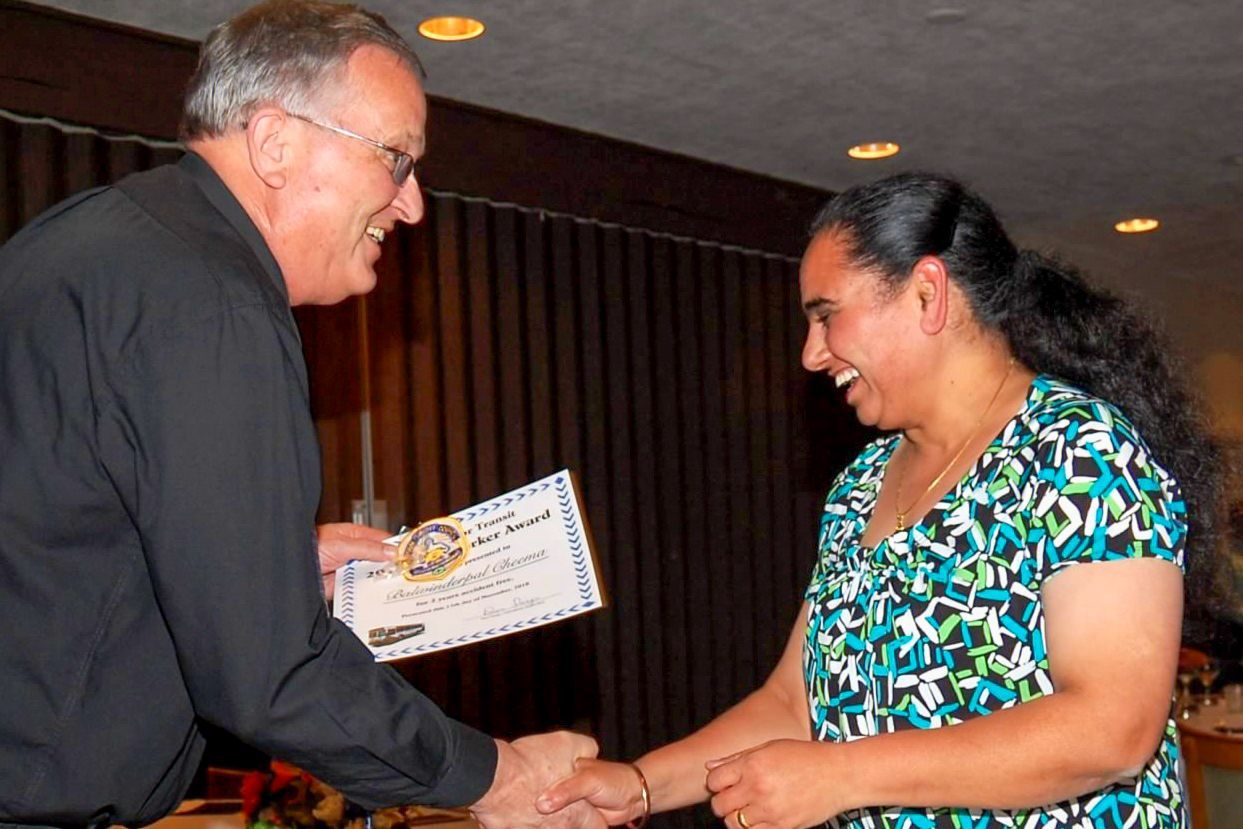Celebrating 50 Years of Service
1975 - 2025
Transit has a long history in Grays Harbor
From the earliest days after the establishment of timber operations centered in Aberdeen and Hoquiam, local residents demanded transit options.The earliest buses going back to the 1890s were provided by hotels, garages, or other private operators. Routes went mainly from lodging to work sites or the train station. By 1915, multiple competing small jitney buses ran for a nickel per ride. Into the 1920s, the Grays Harbor Electric Railway and Light Company became the primary transit operator with a streetcar in Aberdeen and buses between towns. Later, Tri-City Transit operated buses well into the postwar period. Other regional services connected the Grays Harbor area to Olympia and more long-distance destinations.
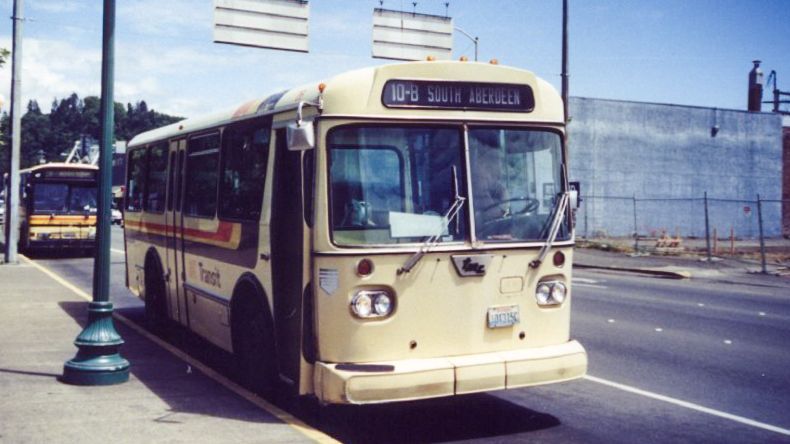
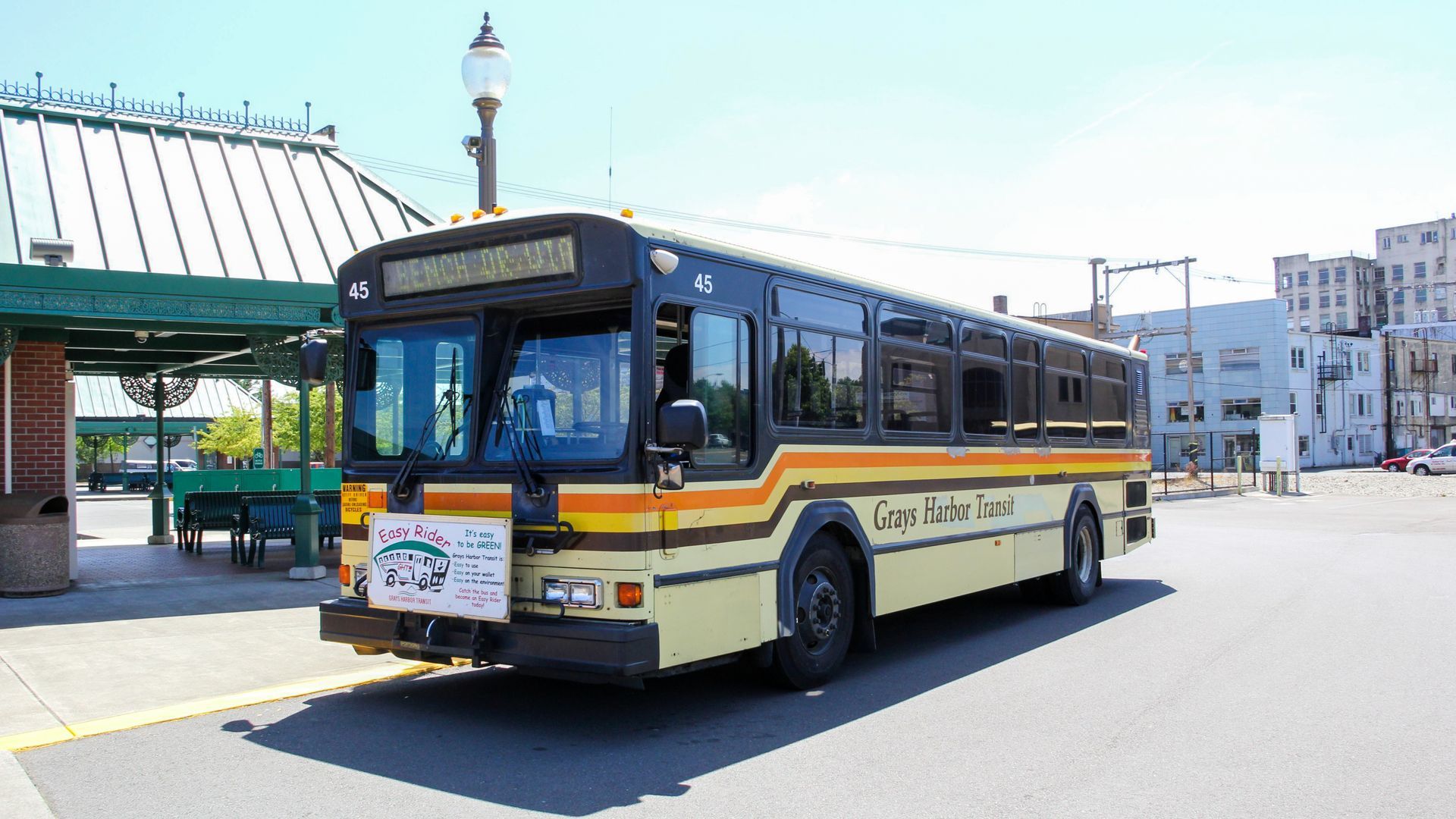
Grays Harbor Transit Authority began operations in 1975
Voters approved funding to operate Grays Harbor Transit at the ballot in November 1974. The first county outside of King County to approve the use of sales taxes to support transit, GHT became a model for rural transit services in Washington. GHT provided fixed bus routes and on-demand seven days a week to Aberdeen, Hoquiam, Cosmopolis, and between all the towns in the county.
"We are literally building the system from the ground up" Stan Lattin said. "We're talking about having to acquire new buses... King County has maybe 900 buses and we're talking about 20 to start with." -- The News Tribune, 1974
GHT quickly developed a new maintenance and administration facility, purchased new buses, and established a network of bus stops across the county. By 1981, ridership exploded to over one million rides per year.
A part of the community
In 1988, GHT opened the Aberdeen Transit Center bringing a permanent public transit presence to the heart of downtown Aberdeen styled like a turn of the century train depot. Transit centers were developed through the 1990s in Hoquiam, Montesano, Elma, Ocean Shores, and Westport.
In 1983, GHT employed 53 people, including 38 vehicle operators and 8 in maintenance. Now, there are 103 employees, including 56 vehicle operators and 20 maintenance employees.
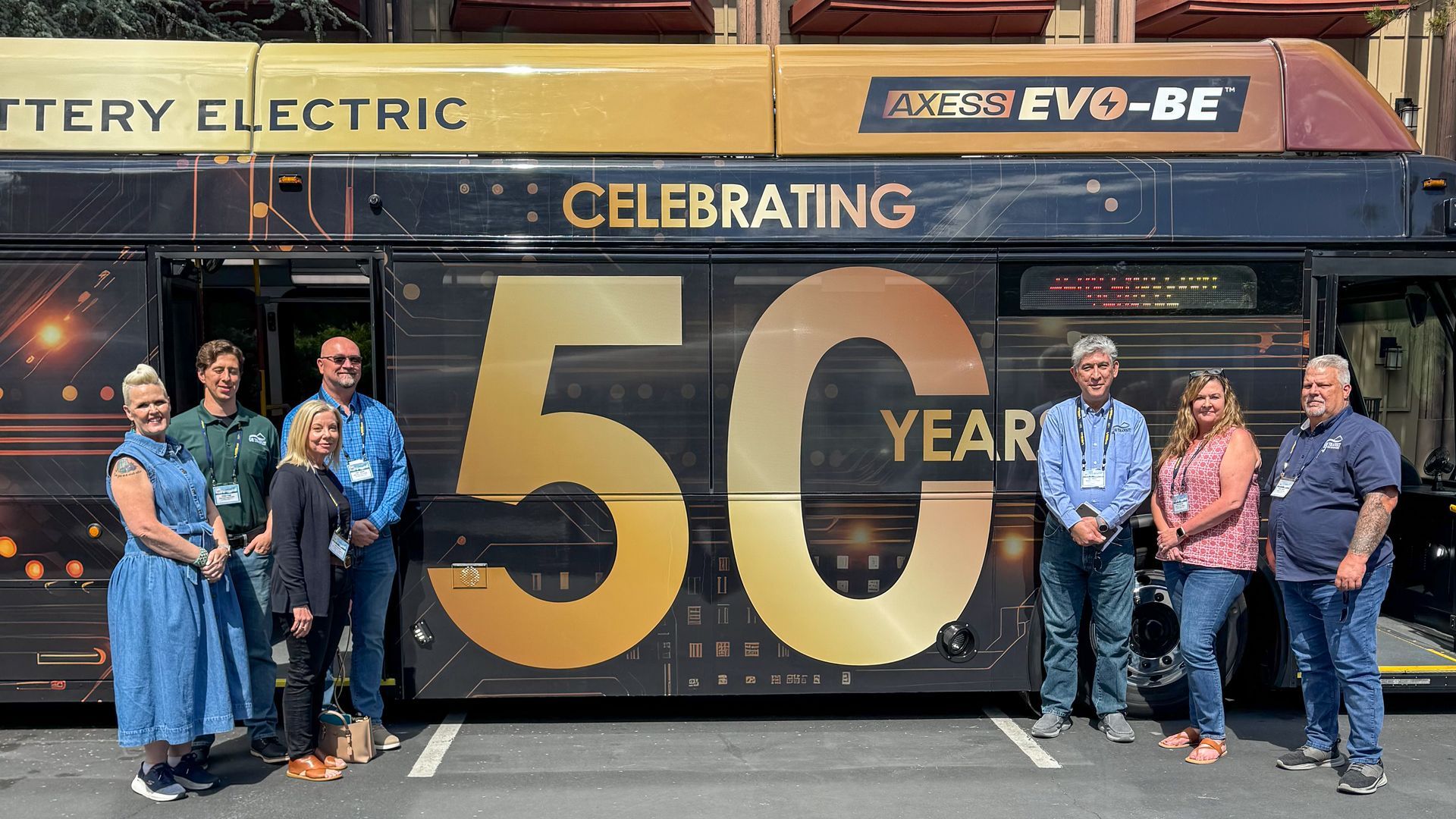

Building a better transportation future
New services and technologies have been added to the GHT fleet over the past 50 years. For example, every bus is now equipped with real-time GPS vehicle locators that show riders when their ride is arriving. Computer aided dispatch systems behind the scenes help deliver more rides to the public through efficiency. And riders now have more options than they did in 1975, with the addition of vanpools, HarborFlex that can be summoned with an app, and fast and frequent service via the Wave and Dash.
More improvements are planned in the years ahead. The Aberdeen Transit Center is expecting a remodel to expand bus capacity. And a new headquarters facility is in early development that would provide modern maintenance and operations resources serving the region.
We're proud of our team and grateful that GHT has been able to serve the community for 50 years.
